Once upon a time, Kyoto was the largest and richest city in Japan; the seat of imperial power. Then the shoguns took over, and a little fishing village called Edo grew and grew until it rivaled, and finally surpassed, Kyoto in both size and importance. This happened during nearly 300 years of willful Japanese isolationism. But in the mid-19th Century the Western naval powers more or less forced Japan to open for business. The imperial throne was restored, the capital was officially moved to Edo (renamed Tokyo), and ever since, the city of Kyoto has played the role of jilted bride.
Nowadays, visitors to Japan go to Tokyo and find a city in full economic bloom, with futuristic skyscrapers, one of the world’s most expansive mass transit system, one glamorous shopping district after another, and even two rival baseball teams (just like a certain American city that many Japanese are infatuated with).
Those same tourists go to Kyoto and find a quieter, humbler city, but one in which the nation’s past is laid out all over town like a giant museum. There’s an old joke among visitors to Japan that “once you’ve seen one shrine, you’ve seen them all.” In Kyoto there’s some truth to that. As you walk the streets, you pass almost as many shrines and temples as vending machines and convenience stores. At first you’re tempted to check out each and every one, but after a few of them, you do get the sense that they’re all very similar. It’s the same phenomenon as getting “churched out” in any large historic European city.
But just like all those churches, each shrine and temple tells a story about the people who built it, who worshiped there, who lived and died in that neighborhood. You may not choose to wander through every shrine you encounter (your traveling companions might turn violent if you did) but it’s easy enough to stop for 30 seconds and read the plaques at the entrances, thoughtfully posted in both Japanese and English. In this way, the trail of shrines and temples becomes like the pages of a picture book, filled with historic stories that are small enough to consume in one bite (not unlike a lot of Japanese food).
So, dear reader, if you were expecting a whole portfolio of shrine pictures in this blog, then it’s possible you have not been paying close enough attention to the particular brand of nonsense and gibberish I’ve been trying to dispense.
However, for your viewing pleasure here are photographs of exactly two shrines, the minimum required by ancient imperial treaty.
Actually, I’m not sure the second one is really a shrine. But it’s close enough for government work (and probably French scientists – sorry, that’s a reference to a blog post about a very different part of the world).
Now let’s get on with the business of doling out some good old-fashioned foolishness, as is my purpose in life.
First, I wish to present a sampling from another of my MOMA photography submissions. I call this series “The Selfie Slut.” We were aboard the Sagano Romantic Train, a touristy railway journey that winds along the Hozugawa River from Arashiyama, a town on the western outskirts of Kyoto. Not once during the 25-minute ride did this woman bother to pause and admire the green cliffs that cascade down to the river’s foamy waters with pleasure boats floating along. Hopefully she at least caught a glimpse of the beautiful scenery in the background of her phone during her countless self-love poses.
The scenery was indeed romantic, but the Romantic Train itself, not so much. It was crowded and uncomfortable, and whenever we went through a tunnel, the darkened visage suggested that we might have been on a different kind of train ride altogether.
But the highlight of that particular afternoon was strolling through Arashiyama’s bamboo groves (you can also rent a bike there). Sometimes called the Bamboo Forest, the groves have for centuries been the growing grounds for bamboo that is used in a wide variety of local products.
At the eastern edge of Kyoto city, you can take another peaceful outdoor stroll called the “Philosopher’s Walk.” This one follows a famous canal dotted by cherry trees and maples. The pathway meanders past a ridiculous number of shrines and temples. If you weren’t “shrined out” in Kyoto yet, you will be after this walk. Or you can do like we did – just read those informative little plaques and move on. Either way, the scenery itself is lovely.
The peeps at MOMA have stopped returning my calls, but that won’t keep me from submitting photos to them. This next series demonstrates the Japanese people’s love of all things adorable, which was even more evident in Kyoto than other places we’d visited. I call this series “Cute-Oh.” Get it? Cute-Oh…Kyoto? Pretty clever, huh? Okay, maybe not.
The Japanese have a propensity for employing adorable characters even to represent occupations for which you would not normally think of “adorable” as an appropriate trait.
Sometimes the Japanese aesthetic spills over into the just plain weird.
Ah, our old friend Pikachu. You just knew that certifiably strange and yet undeniably adorable creature was going to find us again somewhere in Japan. In fact, he/she/it is considered so adorable in Kyoto, they have a whole cultural center devoted to it. Yes, really.
As for the Japanese people themselves, their adorableness quotient is a matter of opinion.
Unlike Tokyo, Kyoto has a slightly rowdy (one might even say grungy) “street vibe” – particularly in the neighborhoods that abut the Kamo river. In one such area you can marvel at the landscapes of food in another huge market. The Nishiki market is somewhat more touristy and retail-oriented than the old Omicho seafood market in Kanazawa, but it’s by no means any less impressive.
Kyoto’s nightlife has a different feel than Tokyo too. It’s a bit earthier, a bit more romantic (unlike that train) and maybe even a little mysterious. There are some great streets near the waterfront to wander at night if you’re hungry for local cuisine, or just want to enjoy the mood lighting.
A big part of the local cuisine in Kyoto features a style of cooking called sukiyaki. It’s one of several styles of Japanese dining in which the preparation and/or cooking is done in front of the customer. Sushi is the best-known example of this. Teppanyaki, which we first tried in Tokyo, is another. It features a grill at the table for cooking a variety of raw meats and vegetables. With sukiyaki, those same meats and veggies go into something that’s more like a steamer or hot pot, and the seasonings include a few pinches of sugar and a beaten raw egg as a dipping sauce. It may sound a little off-putting, but it’s freakin delicious.
I’d like to conclude this blog entry with a few images from my most recent MOMA submission, “The Face Masks of Japan.” I really think this is the one that’s going to get me a choice gallery space and a book deal. Or not. Either way, Kyoto itself is a winner in our book.

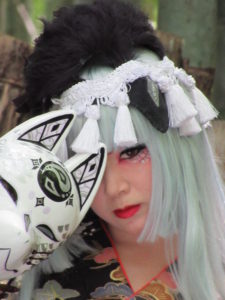

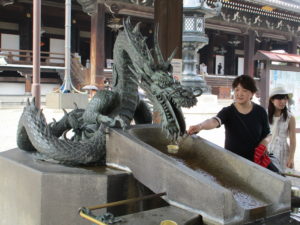


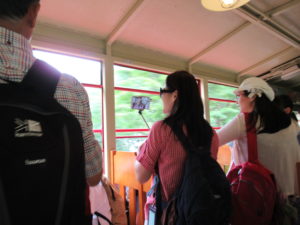



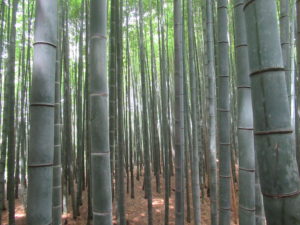



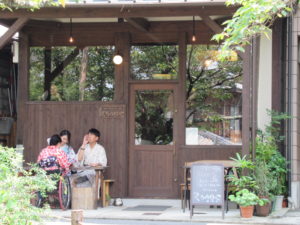


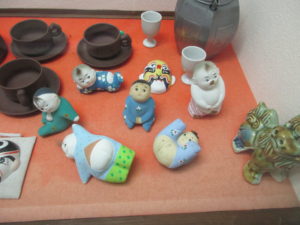


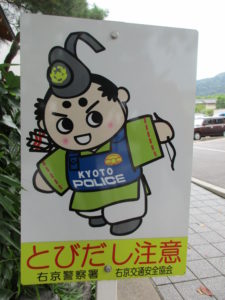


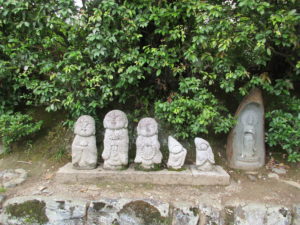
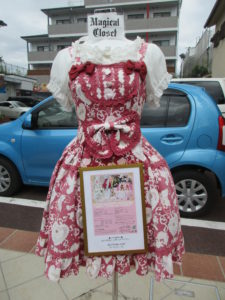


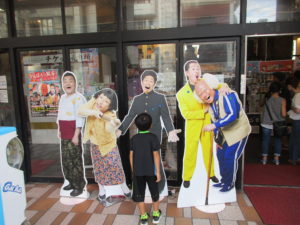
















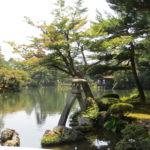




The movie LOST IN TRANSLATION turned me off Tokyo forever, but Kyoto always beckons. Is it possible to do one without the other?
Sure, it’s possible. But if you find yourself on the other side of the world, in a country as fascinating as Japan, wouldn’t you want to form your own opinion of its most iconic city? I’ve never seen that movie, but we loved Tokyo. If we ever win the lottery, our new address might be in that prefecture.
Thank you Craig for such a great trip down memory lane. Your writing leaves me feeling inspired and motivated to get my next vacation booked.
朝の午前1時にコールのためにあなたにジョージをありがとう!
Thank you so much Juliet for your very kind words. Please do get that vacation booked! Life is short!
ランダム呼び出しのためのとても残念。ジョージの電話はこの旅行で、独自の心を持っています。
Lol the selfie slut is a riot! Unfortunately, the SS seems to be ubiquitous worldwide.
Sadly yes, it’s become a very common species. We’ve spotted SS’s on all 7 continents.
We saw Ms. SS in Rome and then again at the leaning tower almost at the same time you saw her in Kyoto.
(She really gets around)
That bitch is everywhere. And often accompanied by her dickhead boyfriend.
Dear Craig, I did not see any photos of Angkor Wat or the Forbidden City. Please be a better tourist of Japan.
My sincerest apologies, Mike. We’ve been so busy trying to figure out which subway stop will get us near the Kremlin that we completely forgot about those other worthwhile local destinations.